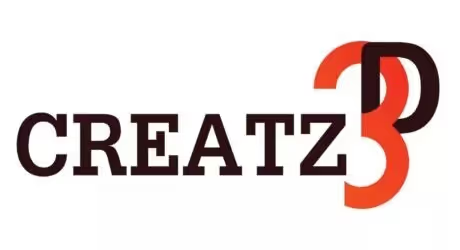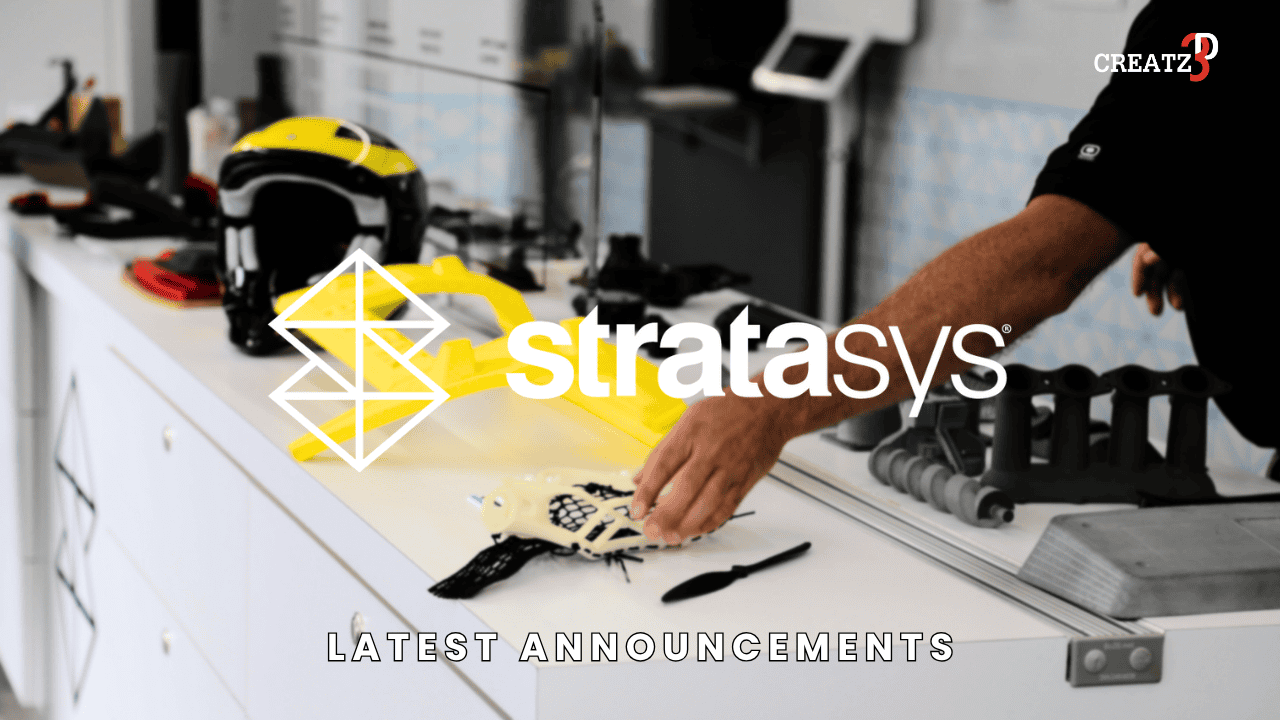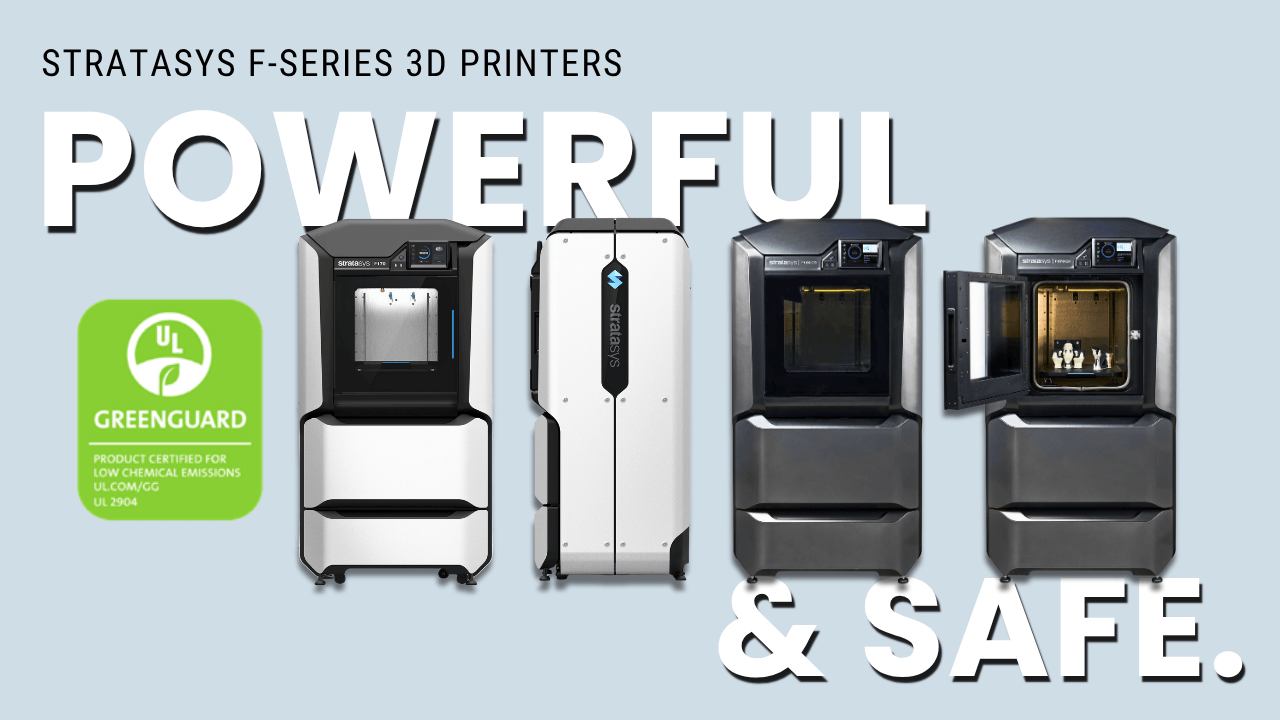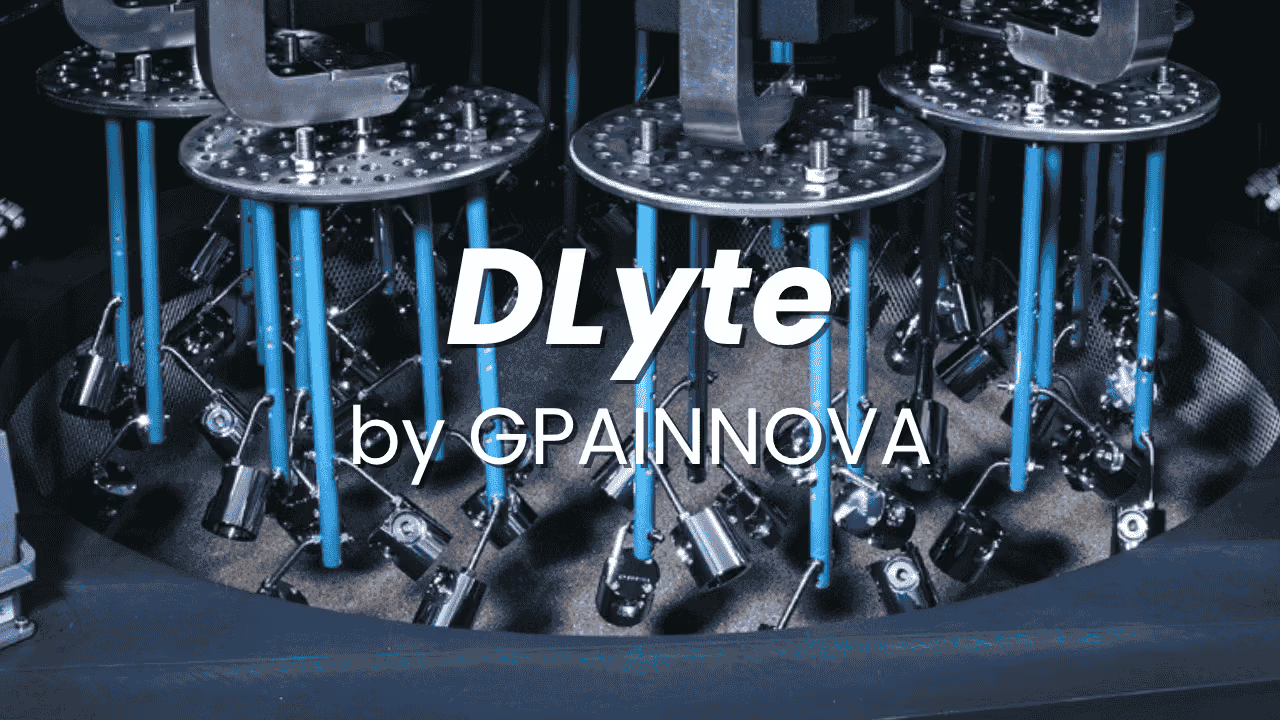Designers are often limited by a 3D printer’s build capacity. How about printing in parts to be joined together?

Quick Contact Adhesive for PolyJet and FDM
One of the most common fixes for joining parts — whether separate pieces or torn edges — is to glue them. Using cyanoacrylate adhesives (commonly known as super glue), printed parts can be easily bonded.
Super glue does not corrode or damage PolyJet photopolymers or FDM thermoplastics. Handle with care to avoid skin contact, and apply sparingly to prevent visible dried adhesive along seams.
TIP: Lightly sand glued seams to reduce visibility. We recommend Krazy Glue for its strength and quick drying.
Epoxy Gluing for PolyJet and FDM
For stronger bonds, epoxy adhesives are a great option. Epoxy is a two-part adhesive available in flexible or rigid, slow- or fast-curing, opaque or clear, and waterproof or resistant variants. Epoxy resins cure through co-reactants (hardeners), forming thermoset polymers with strong mechanical and chemical resistance.
Clear epoxy works especially well with translucent ABSi parts (from Fortus systems), increasing clarity and waterproofing. Flexible epoxy also works well for PolyJet Tango materials.
TIP: Sand bonding surfaces lightly before applying epoxy to increase surface area and bonding strength. For product options, see the Loctite Hysol series.
De-burring and Filament Welding for FDM
A practical way to bond FDM parts is to reuse their original thermoplastic material. Heat softens the plastic, allowing it to fuse into seams with consistent material properties.
- De-burring: Attach ABS filament to a drill bit, press against seams, and let friction melt the filament into the joint. - Hot Air Welding: Preheat spare ABS/PLA filament with a hot air gun and push into seams. This provides a stronger bond but requires steady hands and temperature control.
TIP: Always use the same filament material as your part. Keep filaments short (≤4cm for 1.75mm) to prevent snapping, and pre-straighten with heat for easier handling. Read more at Make: Skill Builder.
Soldering for FDM
Soldering joins parts by partially melting adjoining surfaces with a soldering gun, then pressing them together. Designers often add buffer thickness in CAD to account for volume loss during bonding.
Place the parts together, trace seams with the soldering gun, and apply pressure while bonding. Repeat for exposed edges.
TIP: Sand down the welded seam afterward for smoother appearance and reduced visibility.
For more information, please contact us.
📖 Further Reading: - Chapter 2: Smoothing - Chapter 4: Colors and Gloss





